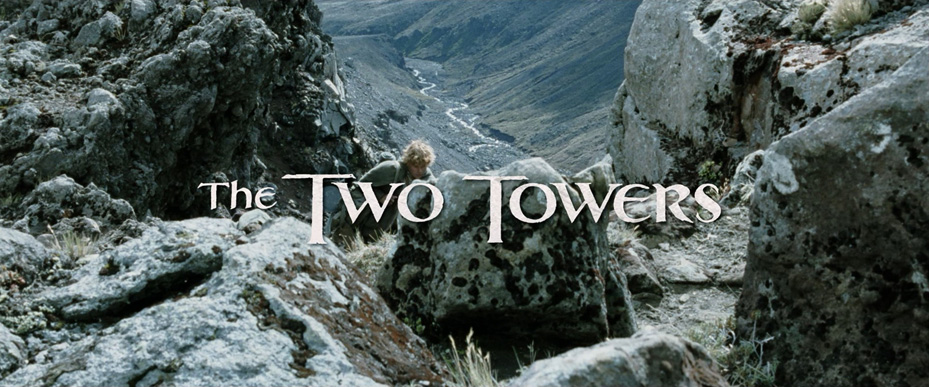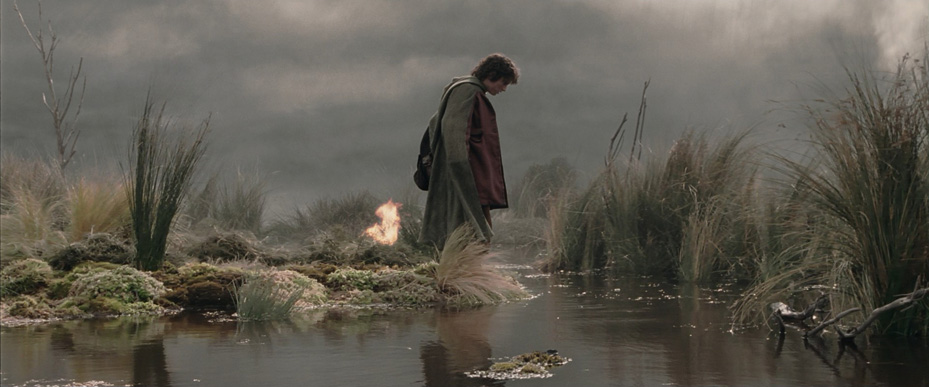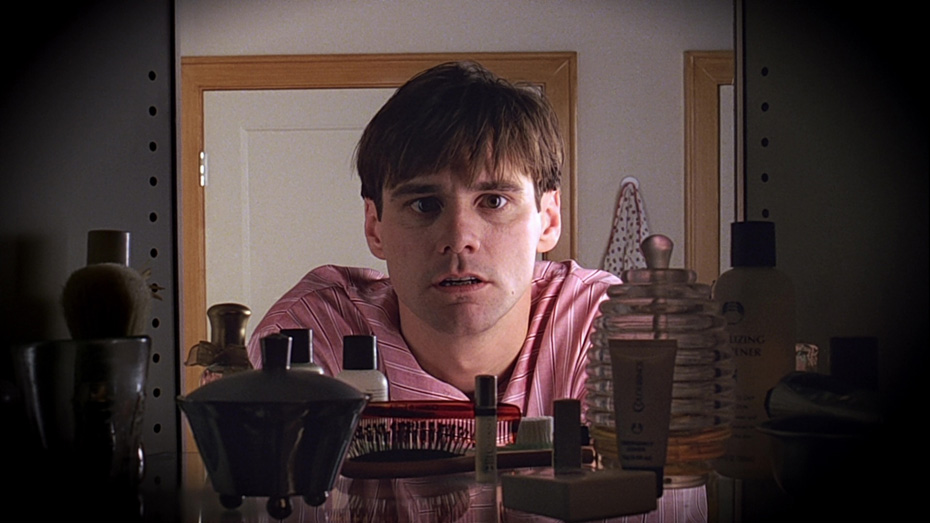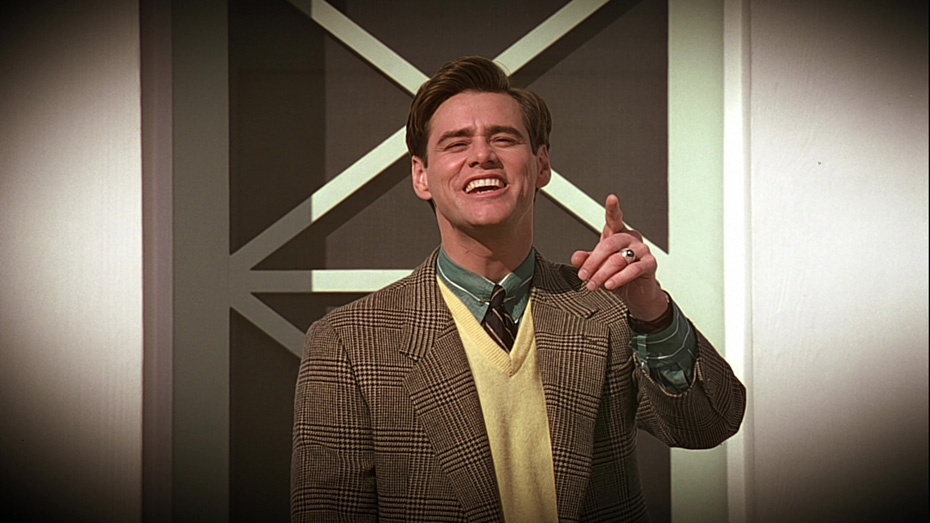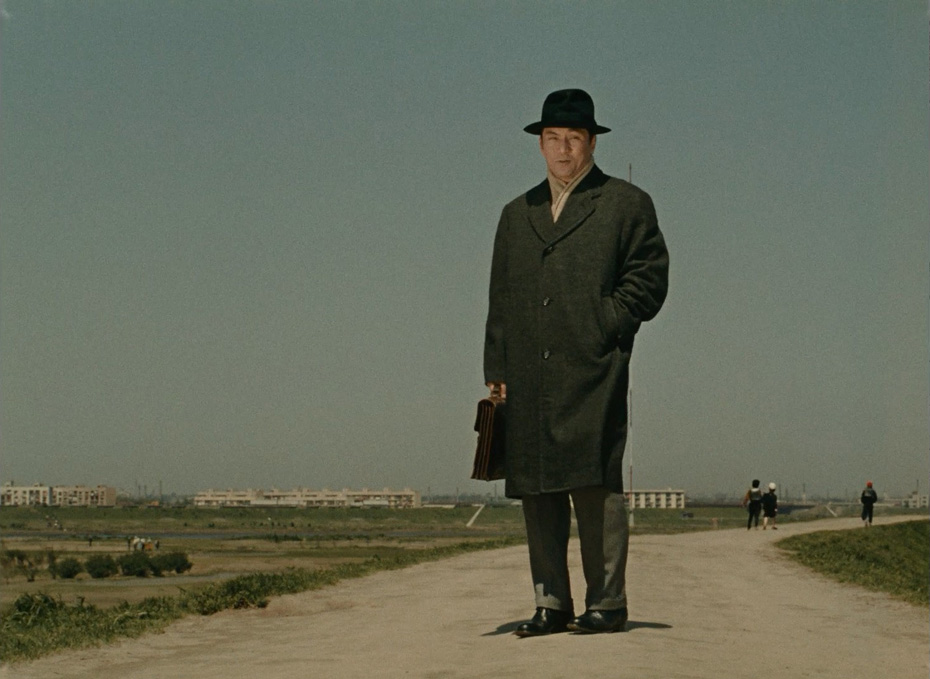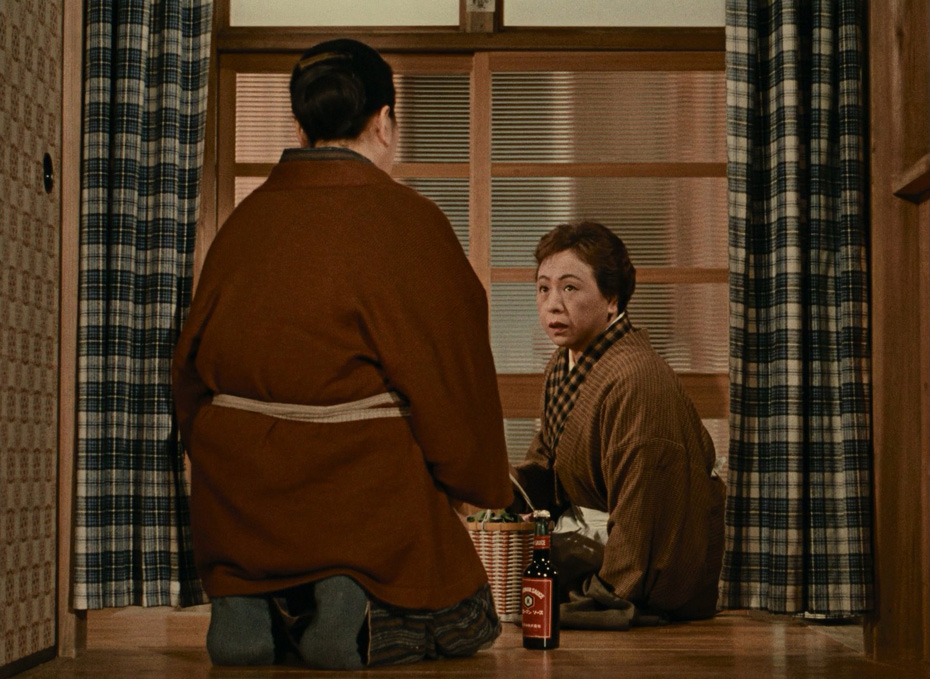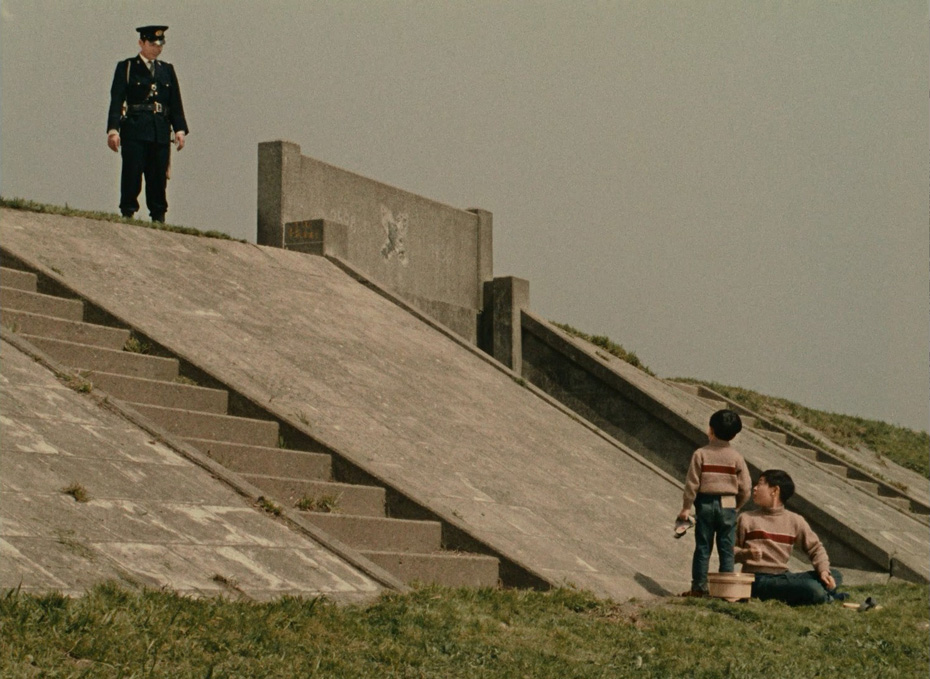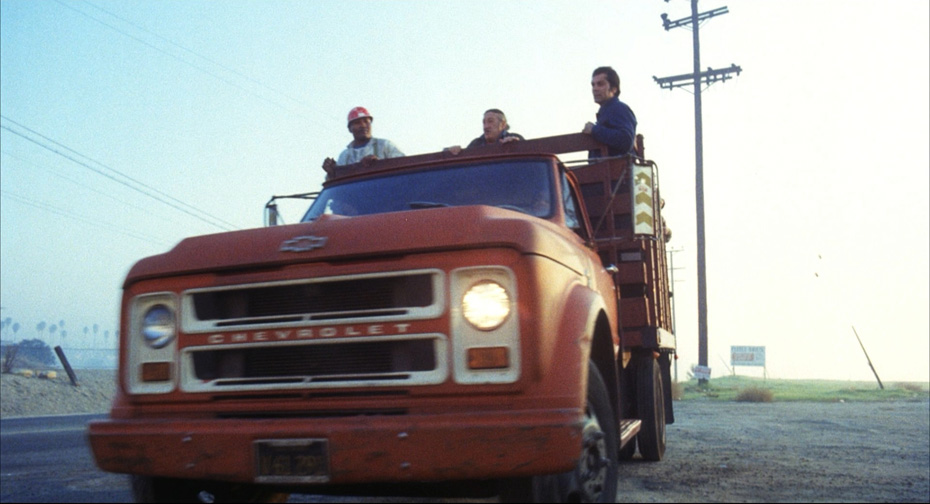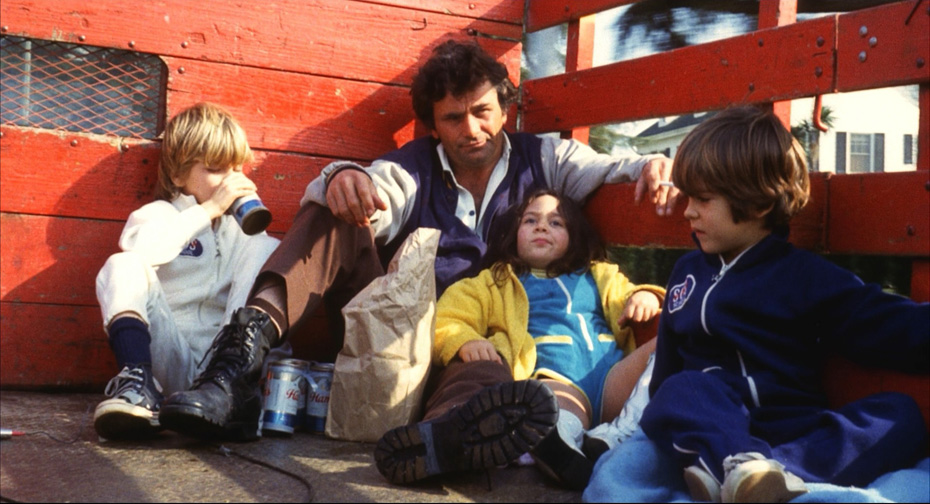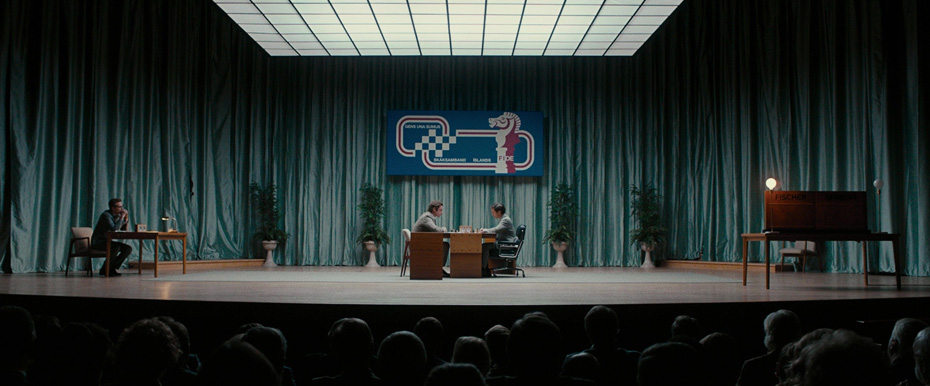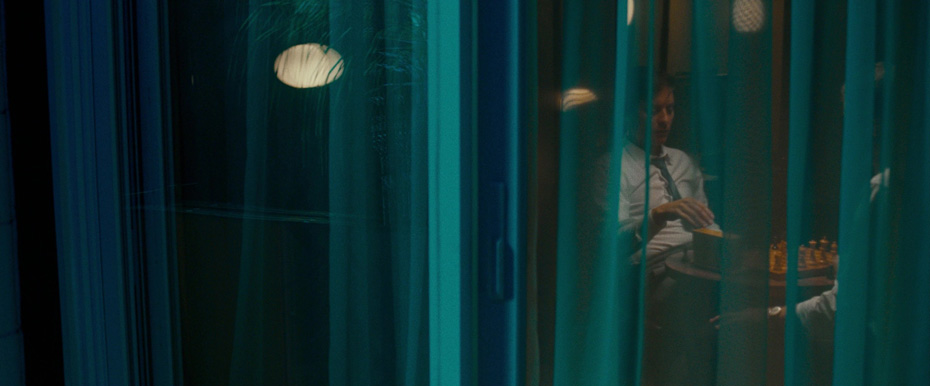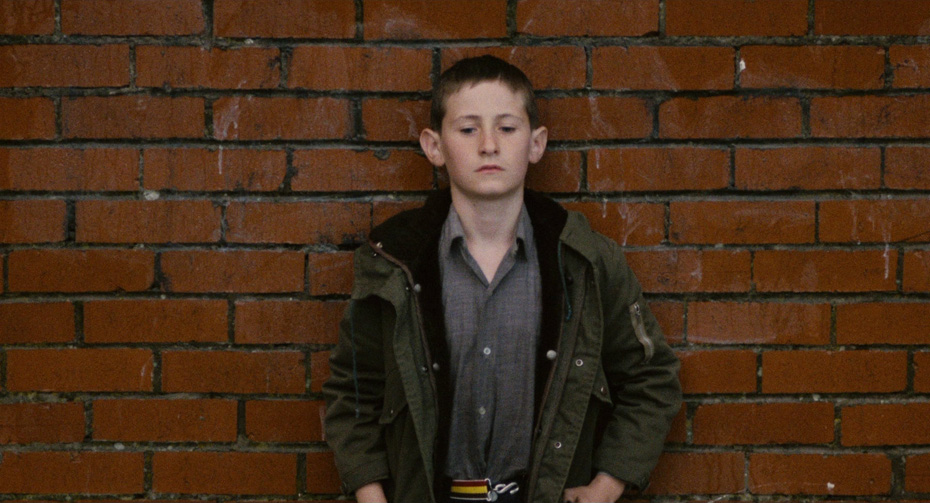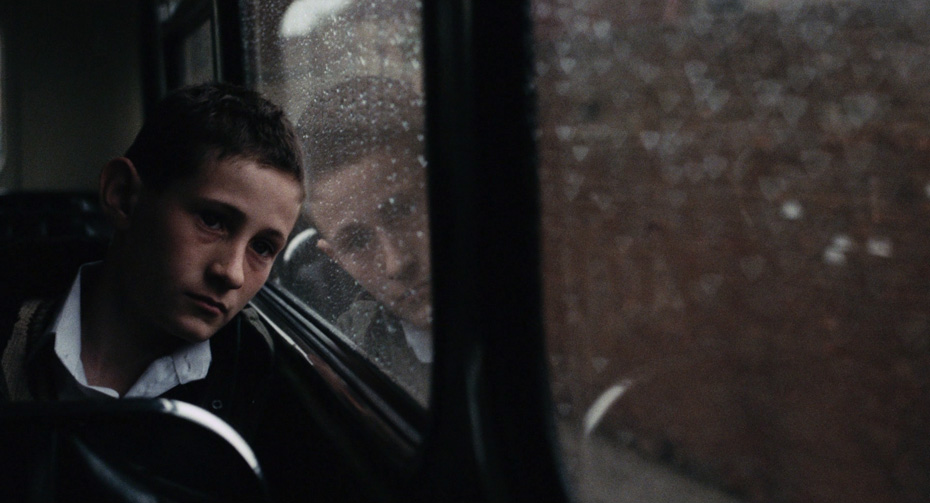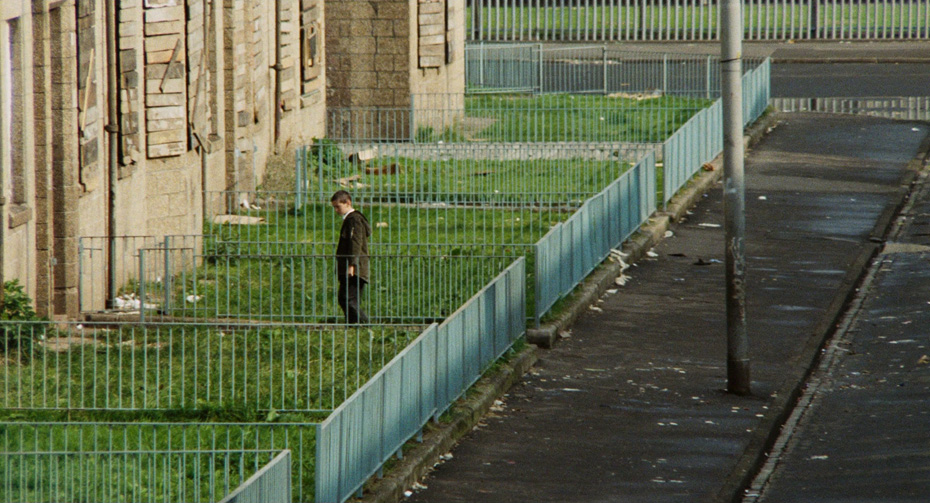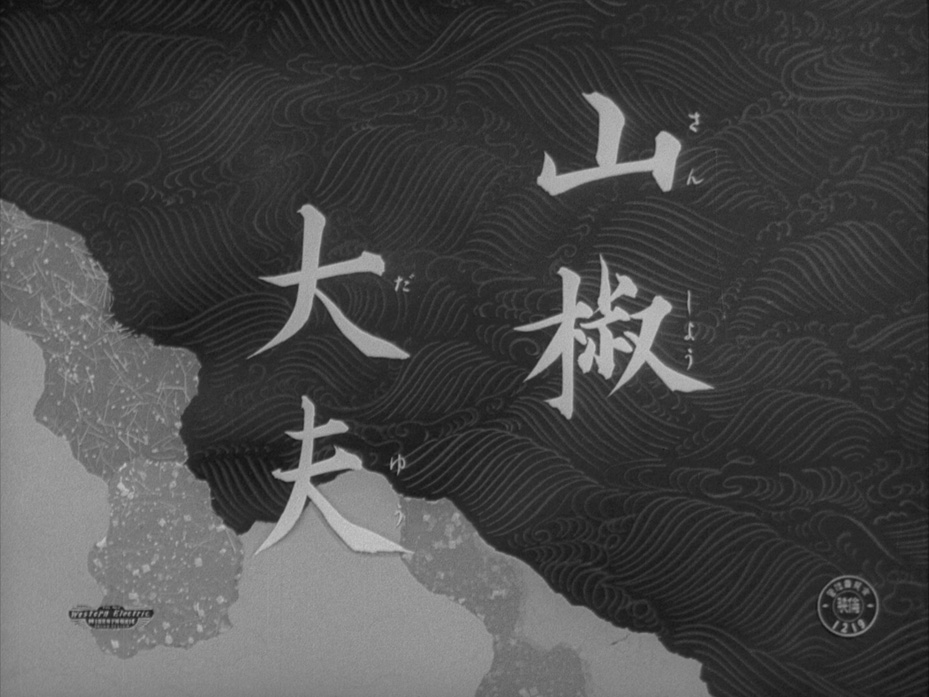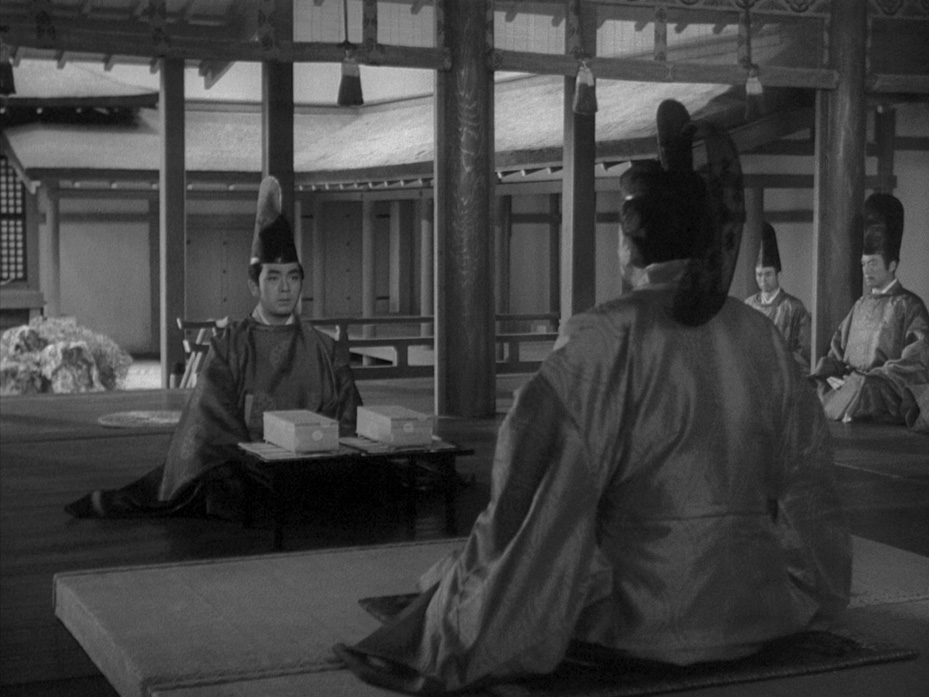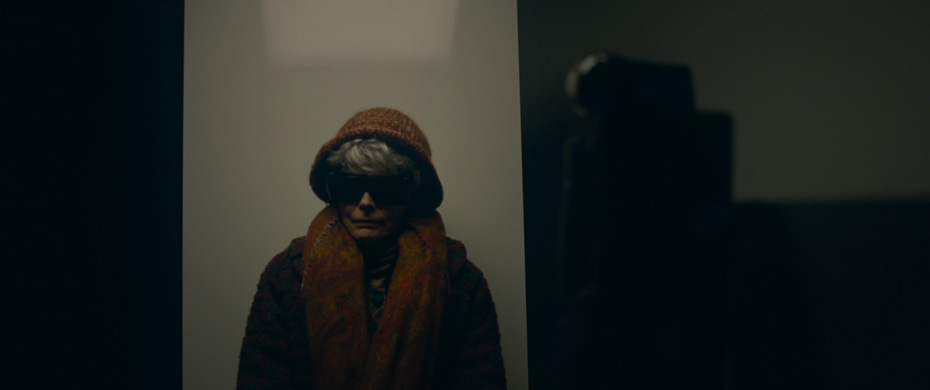THE TUESDAY DROP: 4000+ New Shots
08.09.22 Get your Decks ready ShotDeck Team! We’re adding 15 titles this week, including new shots from The Truman Show, The Lord of the Rings Trilogy, the When They See Us Miniseries, and more. Check them out below, and remember you can always request films for future drops by clicking here!
THE LORD OF THE RINGS: THE FELLOWSHIP OF THE RING is a 2001 epic fantasy adventure film co-written and directed by Peter Jackson, based on J. R. R. Tolkien’s 1954 novel of the same name. The film is the first installment in The Lord of the Rings trilogy, and features an ensemble cast including Elijah Wood, Sir Ian McKellen, Liv Tyler, Viggo Mortensen, Orlando Bloom, Christopher Lee, and Andy Serkis. Set in the fictitious Middle Earth, the film follows Frodo (Wood) and his eight companions who form the Fellowship of the Ring in a bid to journey to Mount Doom in the land of Mordor and destroy the One Ring to save Middle Earth. The Lord of the Rings: The Fellowship of the Rings was nominated for thirteen Academy Awards (including Best Picture), winning for Best Cinematography, Best Makeup, Best Original Score and Best Visual Effects. In 2021, the film was selected for preservation in the US National Film Registry by the Library of Congress, and is today widely recognized as one of the most influential fantasy films ever made. Jackson worked on the film with Australian cinematographer Andrew Lesnie, who would go on to work with Jackson on the remaining Lord of the Rings films, the Hobbit films, King Kong and The Lovely Bones.
The Lord of the Rings series had all three films greenlit together, marking one of the biggest gambles made by a film studio to that point. Jackson and Lesnie wanted the visual language to be as epic as possible while still remaining plausible to an audience in spite of its many fantastical elements. Lesnie approached The Fellowship of the Ring very conscious of modeling light as an important tool to convey the grandness and scale of the world of Middle Earth. Filming took place on location across New Zealand, and Lesnie’s sweeping landscape shots became a hallmark of the entire franchise, as well as for landscape cinematography in general. Jackson found it important to have eyelights for the actors as much as possible, especially so for the hobbit characters, whose honesty and hopefulness he wanted to portray to the audience throughout the film.
THE LORD OF THE RINGS: THE TWO TOWERS is a 2002 epic fantasy adventure film co-written and directed by Peter Jackson. It is the second film in The Lord of the Rings franchise, and is based on J. R. R. Tolkein’s 1954 novel The Two Towers, which is the sequel to The Fellowship of the Ring. Continuing the plot of the first film. The Two Towers intercuts three storylines – Frodo and Sam’s journey to destroy the One Ring in Mordor with Gollum, Aragorn, Legolas and Gimli’s journey to Rohan and reunion with the resurrected Gandalf, and Merry and Pippin’s meeting with Treebeard the Ent to plan an attack on Saruman’s fortress of Isengard. The Two Towers was the highest grossing film of 2002 and was nominated for six Academy Awards (including Best Picture), winning for Best Sound Editing and Best Visual Effects. Jackson once again worked with Australian cinematographer Andrew Lesnie on the film.
For The Two Towers, Lesnie wanted to depart from the visual language of The Fellowship of the Ring in several key areas as a reflection of the story descending into much darker territory. Lesnie wanted the light to be much less controlled, and wanted the film to feel more realistic and aggressive, with less magic as the story became more fractured and splintered. Lesnie also reduced the number of eyelights on the actors as a further reflection of this lighting strategy. Lesnie also shot The Two Towers on Kodak emulsions and printed the footage on Fuji print stock, a strategy he had employed on The Fellowship of the Ring. Lensie felt that the grain structure of the Fuji stock blended the colors a bit more, creating a more forgiving look in the gray values.
The final installment in the The Lord of the Rings series, THE LORD OF THE RINGS: THE RETURN OF THE KING, is a 2003 film co-written and directed by Peter Jackson, based on J. R. R. Tolkein’s 1955 novel The Return of the King. The film picks up where The Two Towers ends, following Frodo, Sam with Gollum on their journey to destroy the One Ring, as the other members of the Fellowship join forces against Sauron and his legions in Minas Tirith. The Return of the King was the highest grossing film of 2003, taking in over $1.1 billion worldwide, which made it the second-highest grossing film of all time at the time of its release. The film also won all eleven Academy Awards for which it was nominated, including Best Picture, and it became the second film series whose entries all won Academy Awards for Best Visual Effects, after the original Star Wars trilogy. Today, The Return of the King is widely considered to be a landmark achievement in the fantasy film genre. The VFX for the film was handled by Weta Digital and VFX supervisor Joe Letteri, a New Zealand-based company that helmed the visual effects for the first two films as well.
Middle Earth as it had been originally envisioned by Jackson was created by Weta, who handled all of the film’s weapons, armor, miniatures, prosthetics and creatures (in concert with the Art Department headed up by Production Designer Grant Major). The film contains 1,489 visual effects shots overall, almost three times the number of The Fellowship of the Ring and double that of The Two Towers. Visual effects shots included adding digital horses to battle scenes, for which 450 motions of horses were recorded, morphs between digital doubles for actors for scenes such as when Sam fell of Shelob and Legolas attacked a mûmak, and lava simulations as Frodo and Sam escaped from Mount Doom as it erupts.
WHEN THEY SEE US: SEASON 1 (2019)
WHEN THEY SEE US is a 2019 crime drama television series created, co-written and directed by Ava DuVernay, based on the events surrounding the five Black and Latino men who were falsely accused then prosecuted on charges related to the rape and assault of a white woman in Central Park, New York City in 1989. The series played on Netflix and featured an ensemble cast including Jharrel Jerome, Asante Blackk, Michael K. Williams, John Leguizamo, Niecy Nash, and Aunjanue Ellis. When They See Us received eleven Primetime Emmy nominations, winning for Outstanding Lead Actor in a Limited Series or Movie (Jerome). The series was shot by American cinematographer Bradford Young, who had previously worked with DuVernay on Middle of Nowhere and Selma.
Young and DuVernay approached the visual language of When They See Us conscious of the fact that they were telling a true story with great importance to its affected communities, while also recognizing the need to construct a cinematic visual language that didn’t drift too far into documentary. They started their collaboration by looking at photographs of Roy DeCarava, Gordon Parks and Vivian Maier, as well as the film The Battle of Algiers. The pair were also eager to avoid melodrama given the nature of the story they were telling, and were conscious of their choice to use close-up shots as sparingly as possible. DuVernay and Young also combined reality with constructed reality in their filmmaking style over the course of the show, painstakingly recreating interrogation videos from the original archives, while also building the courtroom entirely on a soundstage so that they could artificially light the space in a way that would both feel real, as well as allow them to light different skin tones with as much control as possible.
THE TRUMAN SHOW (1998)
THE TRUMAN SHOW is a 1998 psychological science fiction satirical comedy-drama film directed by Peter Weir and starring Jim Carrey as Truman Burbank, a man whose life, unbeknownst to him, is part of a massive TV set and show being captured by hidden cameras and live broadcast to the world. The film also stars Laura Linney, Noah Emmerich, Natascha McElhone, Holland Taylor and Ed Harris. The Truman Show was nominated for Best Director, Best Supporting Actor and Best Original Screenplay at the Academy Awards, and has come to be considered one of the most important films of Peter Weir’s career. Weir worked on the film with American-Canadian production designer Dennis Gassner, who is known for his work on films such as 1917, Skyfall, Big Fish and O Brother, Where Art Thou?
Weir and Gassner approached The Truman Show with an aim to make the world feel both light and fun as well as constantly surveilled and underhanded – presenting the idea that everything was for sale in this world. After scouting together and deciding that the best way to build the world of the film was on a set, Weir was introduced to the town of Seaside, Florida by his wife. As a “master-planned community” in the Florida Panhandle, the township immediately became the practical location on which filming could take place. Gassner and Weir worked together to create a look for the film influenced by television images, particularly commercials, and locations were set up to be filled with light to an artificial degree. The pair also worked closely with cinematographer Peter Biziou to understand the influence of surveillance cameras on this world, and designed locations to incorporate this visual element into the language of the movie.
GOOD MORNING (1959)
Yasujirō Ozu’s 1959 film GOOD MORNING follows two boys in 1950s Japan who vow to remain completely silent until their parents buy them a television set. The film is a loose remake of his own 1932 silent film I Was Born, But… and is Ozu’s second color film. The film stars Keiji Sada, Yoshiko Kuga, Chishū Ryū and Kuniko Miyake. Good Morning addresses Ozu’s career-long interest for inspecting intergenerational relationships, and serves as a satire of post-war Japan’s consumerism. Today, it is considered one of the most important films of Ozu’s career. Ozu worked on the film with Japanese cinematographer Yûharu Atsuta. The pair collaborated frequently with each other. Atsuta’s other work includes films such as Late Spring, Early Summer, Late Autumn and There was a Father.
Good Morning features elements of the distinctive visual language that would come to define Ozu’s career. Ozu and Atsuta created a visual language of distinctive camera positions held for long takes and a camera and editorial approach that would play reverse shots at 180 degree angles, creating a rhythm of rhyming compositions and slow, methodical shot progressions that treat the space and the characters with equal importance.
IKIRU (1952)
Akira Kurosawa’s 1952 masterpiece IKIRU is based on Leo Tolstoy’s 1886 novella The Death of Ivan Ilyich, and follows a terminally ill Tokyo bureaucrat named Kanji Wantanabe (played by Takashi Shimura) with stomach cancer as he goes on a quest for meaning. Ikiru was released by Toho in October 1952, and was screened at the 1954 Berlin International Film Festival, where it was nominated for the Golden Bear. Today, Ikiru is considered one of the greatest films ever made. Kurosawa worked on the film with Japanese cinematographer Asakazu Nakai, who worked with Kurosawa on films such as Stray Dog, Seven Samurai, Throne of Blood, High and Low and Ran.
Shot in black-and-white 35mm film, Ikiru was constructed by Kurosawa to be shot simply and directly, without sentiment or sappiness for Kanji as he goes through the process of trying to figure out meaning for himself. Kurosawa and Nakai place the camera in a way that allows the audience to feel for Kanji, but that also cuts through to the reality of life as the filmmakers understood it, without attempting to convey an overwrought sense of emotion. Ikiru is considered by many to be one of Kurosawa’s most important films, and one of his most personal and intimate.
A WOMAN UNDER THE INFLUENCE (1974)
John Cassavetes’s 1974 masterpiece A WOMAN UNDER THE INFLUENCE stars Gena Rowlands as Mabel Longhetti, a woman in a blue-collar family in Los Angeles whose behavior starts conflict with her husband (Peter Falk) and family. A Woman Under the Influence was nominated for Academy Awards in the Best Actress and Best Director categories, and in 1990, the film was selected for preservation in the US National Film Registry by the Library of Congress.
Cassavetes wrote A Woman Under the Influence as a play when Rowlands, his wife, expressed a desire to be in a play about the difficulties faced by contemporary women. The completed script was so intense that he decided to adapt it as a film, but Cassavetes struggled to raise the funds because of the biases against seeing a woman in such a role. Cassavetes mortgaged his house and borrowed from friends (including Falk, who invested $500,000 into the film) to finance the film. Since he was a filmmaker in residence at the American Film Institute, Cassavetes also leveraged his connections with the school to put together a crew of professionals and students alike, with Rowlands doing her own hair and makeup. After filming, distributors were uninterested in the film, and Cassavetes independently distributed the film by calling art houses and college theaters to screen the film and do Q&As. The film was eventually invited to the San Sebastián and New York Film Festivals, where it began to gather a wider following.
PAWN SACRIFICE (2014)
PAWN SACRIFICE is a 2014 American biographical drama directed by Edward Zwick and written by Steven Knight. The film is set during the Cold War and follows American chess icon Bobby Fischer (Tobey Maguire) and Soviet Grandmaster Boris Spassky (Liev Schreiber) as they go up against each other in the 1972 World Chess Championship in Reykjavik, Iceland. Peter Sarsgaard, Michael Stuhlbarg, and Lily Rabe also star. Pawn Sacrifice premiered at the Toronto International FIlm Festival, and was shot by American cinematographer Bradford Young, who is also known for his work on films such as Pariah, Selma, Ain’t Them Bodies Saints and Arrival.
Young and Zwick decided early on to shoot Pawn Sacrifice with a different treatment of the core narrative from the archival footage. The main narrative was shot on the Arri Alexa, with a mixture of film stocks in both 16mm and 35mm for the archival footage. Young opten for the Cooke s4 lenses with the Alexa, a relatively newer lens, in order to create contrast between the main narrative and the archival footage, but was attracted to the softness of the Cookes, as well as how they reacted to backlight, which he was eager to rely on a lot. Young differentiated New York from California by treating New York with a softer, more overcast feel, but generally chose to light scenes as practically as possible, embracing natural light and choosing minimal units that were largely in the scenes themselves in order to give the film a subdued, intimate feel.
RATCATCHER (1999)
Lynne Ramsay’s feature film directorial debut, RATCATCHER, is a 1999 Scottish drama set in Glasgow, 1973, during the city’s rubbish strikes. The film follows James (played by William Eadie), a 12 year old boy navigating a changing world in and around the council house estate he lives in during the strikes. Ratcatcher premiered in the Un Certain Regard section at the 1999 Cannes Film Festival, and was awarded the Newcomer Award by the British Film Academy. Ramsay worked on the film with German cinematographer Alwin Küchler, who has since shot films such as Morvern Callar, Steve Jobs and The Mauritanian.
Coming from a background in stills photography, Ramsay worked closely with Küchler to ensure that Ratcatcher would be reflective of the strong visual style she had begun to develop in her short films Small Deaths and Gasman. While the film takes place in a gritty world, Ramsay and Küchler developed a visual language that pushed beyond the naturalism that may have been expected of the film, pushing the cinematography instead into a more poetic and lyrical territory. Küchler shot the film with a relatively washed-out color palette, attempting to convey the reality of the world James occupied without glorifying or over-sentimentalizing it. This allows the moments of escape that James experiences to stand out visually, making Ratcatcher a powerful narrative of growing up and coming into oneself.
SANSHO THE BAILIFF (1954)
Kenji Mizoguchi’s 1954 Japanese period film SANSHO THE BAILIFF is based on Mori Ōgai’s 1915 short story of the same name (which is in turn based on a folk tale). The film follows two aristocratic children, Zushio (Yoshiaki Hanayagi) and Anju (Kyoko Kagawa), who are sold into slavery after being attacked on a journey to visit their father. Sansho the Bailiff premiered at the Venice International Film Festival, where it won the Silver Lion. Today, it is considered one of the best films to have ever come out of Japan. Mizoguchi worked on the film with legendary Japanese cinematographer Kazuo Miyagawa, who also worked closely with filmmakers such as Akira Kurosawa and Yasujirô Ozu over the course of his career.
Sansho the Bailiff was a long and complicated shoot that involved shooting the same scene both on location and on set, sometimes bringing the set to a location. Mizoguchi wanted the visual language of the film to convey a beauty that contrasted against the ugliness of the world that the characters were forced to live in. Attracted to the high contrast lighting ratios of 1920s German Expressionist films, Miyagawa brought this approach to the lighting and shooting of Sansho the Bailiff. Miyagawa is also credited in his career for later inventing the color film technique bleach bypass, which allowed him to have greater control over the saturation and tonality of the film.
WHERE IS KYRA? (2018)
WHERE IS KYRA? is a 2018 drama directed by Andrew Dosunmu starring Michelle Pfeiffer and Kiefer Sutherland. The film follows a woman who must find a way to survive after her mother’s death while hiding her struggles from her new boyfriend. Suzanne Shepherd, Sam Robards and Tony Okungbowa also star. Where is Kyra? premiered at the Sundance Film Festival in 2017, and was released the next year. Dosunmu worked on the film with American cinematographer Bradford Young, who he had previously collaborated with on Restless City and Mother of George.
Dosunmu and Young started their collaboration studying Byzantine Era paintings, attracted to the way that spending more time with them would allow the viewer to discover more elements within them. This was an approach they brought to the cinematography of Where is Kyra?, with Young’s frames full of low-lit compositions. This approach worked well given the large amount of interior locations in the film, but presented Young with a challenge for when the story moved outside, particularly during the day. In order to bridge these locations without disrupting the visual language of the film, Young underexposed exterior scenes, wanting to create the feeling that we were following a character who would prefer to be inside, rather than giving them and the audience the release of fresh air once they stepped outside.
















